Imagine trying to fit an entire mall into a single store – that’s single-page websites in the SEO world! Single-page website SEO can be like locating a needle in a haystack, so do not worry. Understanding the nuances of single-page website optimization is crucial in this digital era, where every scroll counts. Plerdy, with its arsenal of SEO tools, makes this journey more manageable. Here, we’ll dive into the essentials of single-page website SEO, offering you the compass to steer through this compact yet complex landscape. Learn how to optimize your single-page website with SEO.
Understanding Single Page Website SEO

Think of a single-page website as a Swiss Army knife: compact yet packed with everything you need. But how does this all-in-one tool fare in the vast world of SEO? Let’s decode the mysteries of single-page website SEO.
Definition and Characteristics
As the name suggests, a single-page website contains all its content on one page. These sites often use smooth scrolling and dynamic content loading, offering an uninterrupted user experience. They are perfect for storytelling, portfolios, and concise product presentations.
SEO Challenges for Single-Page Websites
The main challenge with single-page sites is their limited scope for keyword targeting and content depth. Unlike multi-page sites, where each page can target a specific keyword or topic, single-page websites must balance various topics on one page. This limitation can make ranking for a wide range of keywords harder. Additionally, the lack of multiple pages means fewer opportunities for internal linking and less content for search engines to index, as noted by Moz, an authority in SEO.
While single-page websites offer a sleek, user-friendly experience, they present unique SEO challenges. To excel, one must master the art of concise, impactful content and smart keyword usage. Stay tuned as we explore tips to turn these challenges into opportunities for your single-page site.
Importance of Content Structure in Single-Page Website SEO
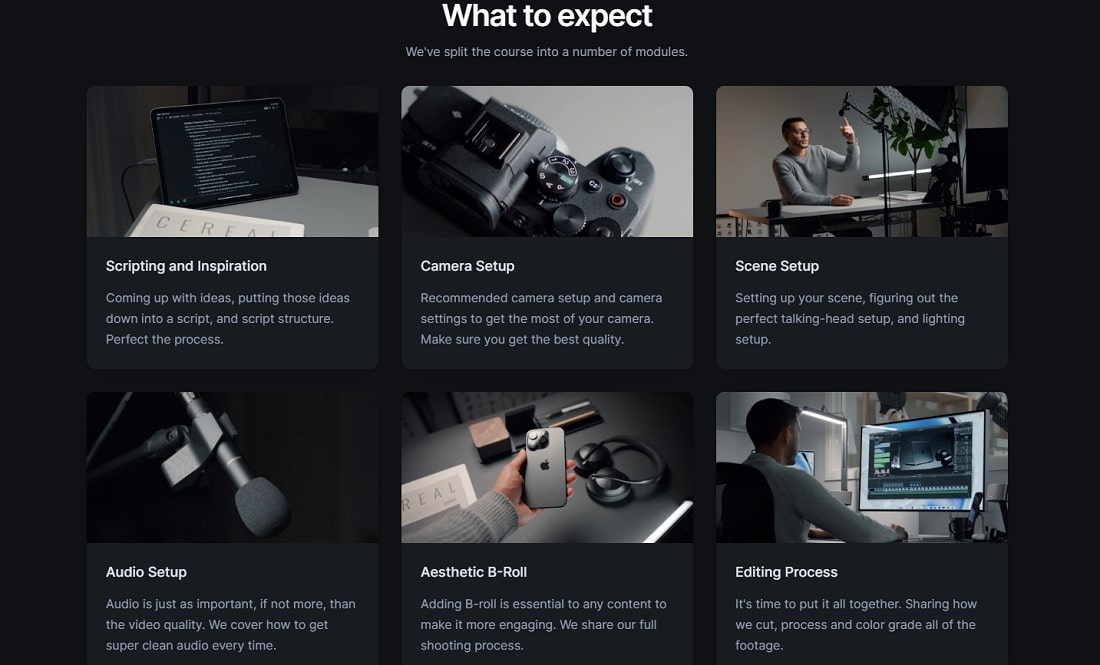
A well-structured content on a single-page website is crucial for effective SEO. It’s like a well-orchestrated symphony where every element plays its part perfectly to create a harmonious user experience. Let’s delve deeper into why content structure is essential and how to optimize it for a single-page website.
The Role of Organized Content in SEO
Organized content affects how search engines rank your page, not simply its appearance. Clear, logical structure helps search engine crawlers index and understand your site’s context and relevance, which can boost search engine rankings.
Creating a Logical Flow
Content must flow logically from one section to another on a single-page website. This smooth transition keeps users engaged and reduces bounce rates, a key metric for SEO. Start with an attention-grabbing introduction and detailed sections addressing different aspects of your main topic, and conclude with a compelling call to action.
Strategic Use of Headings and Subheadings
Headings and subheadings are not just formatting tools but are essential for SEO. They break up the content, making it easier to read and navigate. More crucially, they arrange your content and assist search engines in grasping its hierarchy and relevancy. Ensure that your H1 tag is used for the main title and H2, H3, etc., for subsequent headings and subheadings.
Enhancing Readability
Readability is key to keeping users on your page. Large blocks of text can be overwhelming. Break content into smaller, digestible sections with clear headings. Utilize bullet points, lists, and short paragraphs. These improve user experience and make your content more scannable for search engines.
Incorporating Multimedia Elements
Integrate multimedia elements like images, videos, and infographics within your content structure. These elements should complement and enhance the text, not distract from it. SEO can benefit from properly categorized multimedia content by improving user interest and site time.
Responsive Design and Content Adaptability
Ensure that your content structure adapts well to different devices, particularly mobiles. A responsive design that adjusts content layout based on screen size is essential for user experience and mobile SEO.
Internal Linking Within the Page
Internal linking helps distribute page authority across your website. Use anchor links to connect different sections of your page on a single-page website. This not only enhances navigation but also allows you to strategically direct users to important parts of your content.
Single-page websites need well-structured content for SEO. It aids in both user retention and search engine ranking. You can significantly boost your single-page website’s SEO performance by carefully planning your content flow, optimizing headings and subheadings, ensuring readability, incorporating multimedia elements, maintaining responsive design, and using internal linking effectively. In SEO, content structure is as important as the content itself.
Optimizing Single-Page Websites for SEO with Focused Keywords
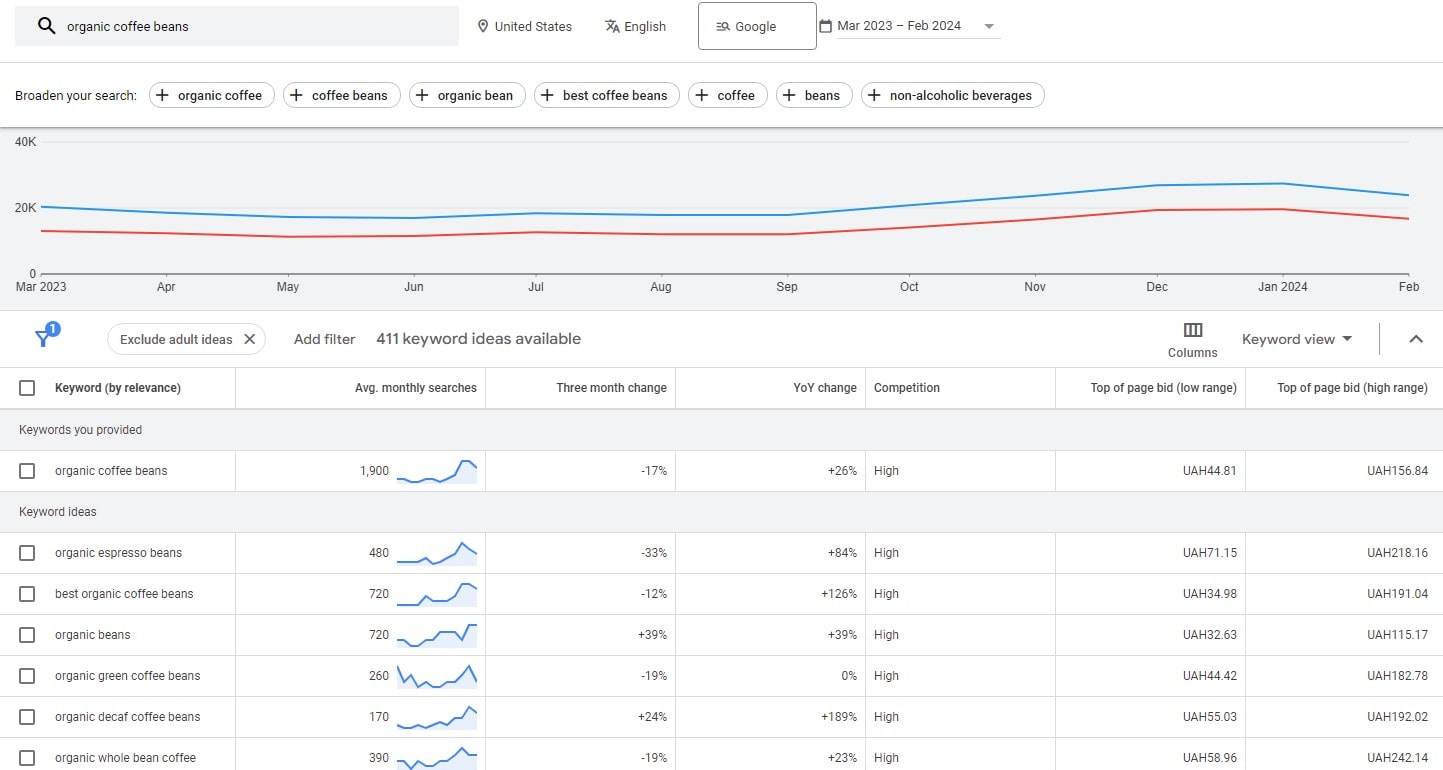
Effective SEO optimization for a single-page website hinges on the strategic use of keywords. This process involves selecting appropriate keywords and integrating them in ways that resonate with both the audience and search engines. Let’s delve into advanced strategies for effectively leveraging keywords for SEO enhancement on single-page websites.
Comprehensive Keyword Research Tailored to Single-Page Website SEO
Initiate a thorough keyword research process for your single-page website’s SEO. Utilize advanced tools like SEMrush or Ahrefs to identify a mix of primary keywords, long-tail phrases, and related terms your target audience searches for. Analyzing competitors’ keyword strategies is crucial for discovering gaps and opportunities. This approach broadens your single-page website’s reach to cover a variety of search intents, which is crucial for SEO.
Incorporating Semantic Variations for Single-Page Website SEO
For single-page website SEO, semantic variations of your primary keywords are vital. Google’s algorithm values context and relevance, which are important for the SEO of single-page websites. Use synonyms and related terms that naturally align with your content, enhancing the SEO potential of your single-page website without falling into keyword stuffing.
Keyword Mapping on Single-Page Websites for SEO Optimization
Strategically map out keywords for different sections of your single-page website. This SEO technique involves assigning relevant keywords to various content segments on your page, enhancing the SEO effectiveness for single-page sites. For instance, with a primary keyword like “organic coffee beans,” optimize different sections for “best organic coffee beans” and “affordable organic coffee”, enhancing the overall SEO of your single-page website.
Strategic Keyword Placement for Single-Page Website SEO
Strategically place your chosen keywords in critical areas like the page title, meta description, main heading (H1), and subheadings (H2, H3, etc.) of your single-page website for optimal SEO impact. Incorporating them within the first 100 words of your content, as well as in image alt texts, URLs, and anchor texts for internal links, is crucial for the SEO success of a single-page website.
Aligning Keywords with User Intent for Single-Page Website SEO
For single-page website SEO, align your content with the user intent behind each keyword. Whether your audience seeks information, wishes to make a purchase, or compares products, tailor your content on your single-page website to meet these needs, enhancing user experience and SEO.
Continuous Keyword Monitoring and Adjustment for Single-Page Website SEO
SEO for single-page websites is continuing. Google Analytics is essential for tracking keyword performance. Adapt your SEO strategy as needed, experimenting with different keyword combinations and updating content to match search trends and user behavior.
Expanding your keyword optimization strategies, particularly for a single-page website, involves extensive research, strategic placement, aligning with user intent, and continuous adjustment. These advanced tactics increase the SEO performance of your single-page website, guaranteeing it competes in SEO.
Leveraging Visual Elements

Visual elements guide users to your single-page website in a sea of text. Let’s explore using these elements to enhance your site’s SEO and user engagement.
Image Optimization
Optimizing images is more than just making them look pretty. It involves reducing file sizes for faster loading while maintaining quality and using descriptive file names and alt tags with relevant keywords. This enhances user experience and helps search engines rank your content. Resources like Moz provide comprehensive guides on best practices for image optimization.
Using Videos and Infographics
Videos and infographics can significantly increase user engagement. They make information easy to comprehend, making users stay longer on your site. Embed high-quality videos and infographics that are relevant to your content. Remember to optimize their titles and descriptions with keywords, and consider hosting videos on platforms like YouTube for additional traffic sources.
Effectively leveraging visual elements can transform your single-page website into a more engaging, SEO-friendly platform. By optimizing images and incorporating videos and infographics, you not only enhance the user experience but also give your SEO efforts a substantial boost. An image is worth a thousand clicks online.
Link Building and Backlinks
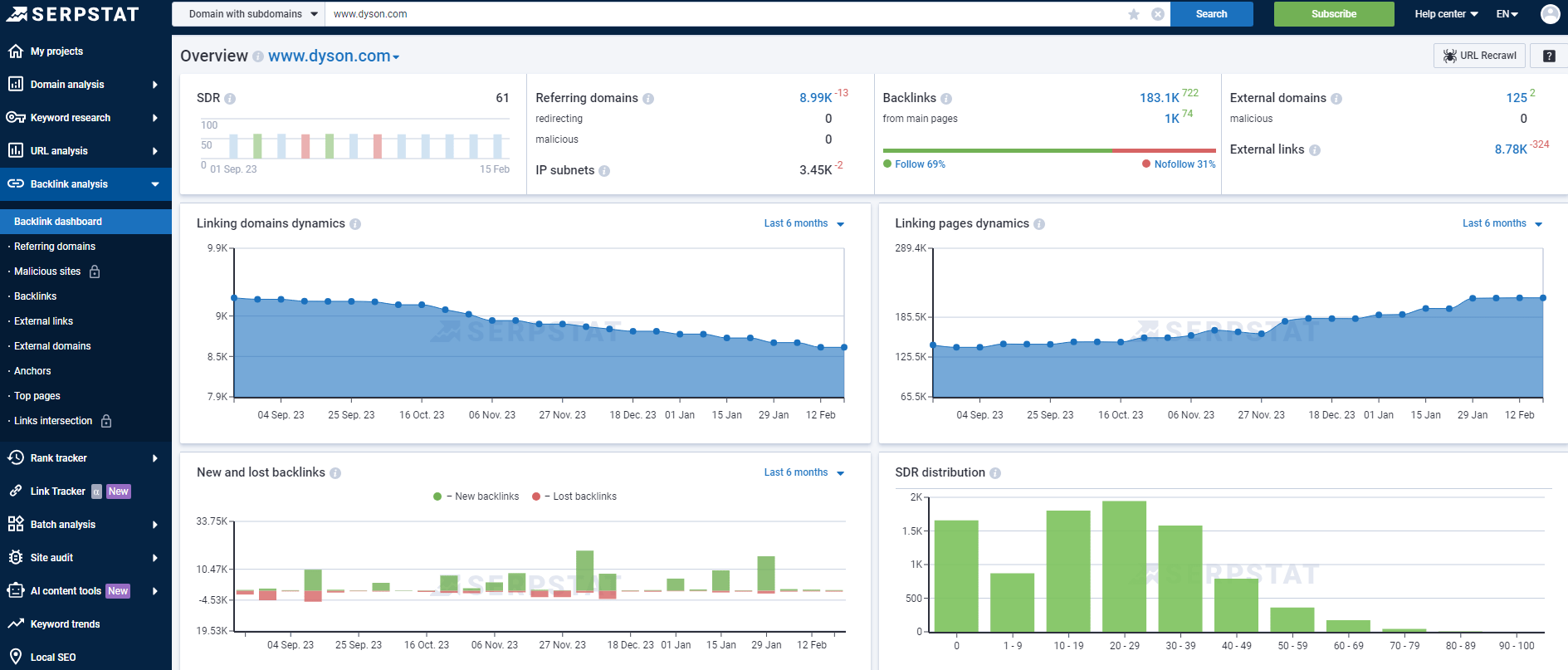
Single-page website link development is like putting together a puzzle—every piece must fit exactly. Let’s unravel how strategic link-building and backlinks can elevate your site’s SEO performance.
Acquiring Quality Backlinks
Quality backlinks are the backbone of SEO success. For single-page sites, find links from reputable sources relevant to your content. Guest blogging, collaborations, and organically linkable content can do this. The goal is to gain backlinks that add value, as emphasized by Backlinko, a leading voice in SEO strategies.
Internal Linking Techniques
Internal linking might seem challenging on a single-page website, but it’s about creatively using anchor links within your page. These links help users navigate different sections smoothly and keep them engaged longer. Use keyword-rich descriptive anchor texts to enhance user experience and SEO.
Effective link-building and backlink strategies are crucial for the SEO health of your single-page website. By focusing on quality backlinks and innovative internal linking, you boost your site’s visibility and enhance user engagement. In the digital realm, the right links are like bridges leading users and search engines directly to your content.
Mobile Optimization

In today’s fast-paced digital world, a website that is not optimized for mobile is like a shop closed during peak hours. Let’s explore how mobile optimization can become your single-page website’s ticket to higher engagement and better SEO.
Responsive Design
Responsive design optimizes your single-page website for all devices. This is crucial as Google prioritizes mobile-friendly sites in its rankings. Employ flexible layouts, fluid grids, and responsive images that adjust seamlessly to different screen resolutions.
Mobile User Experience
Enhancing mobile user experience goes beyond just responsive design. It’s about fast load times, easy navigation, and accessible content. Use tools like Google’s Mobile-Friendly Test to evaluate your site’s performance on mobile devices. An engaging mobile experience minimizes bounce rates and signals your site’s quality and relevance to search engines.
Optimizing your single-page website for mobile is non-negotiable in the age of smartphones. By embracing responsive design and prioritizing mobile user experience, you can improve SEO rankings and reach a wider, more satisfied audience. In the mobile-first era, your website’s mobility is as crucial as its message.
Tracking and Analytics
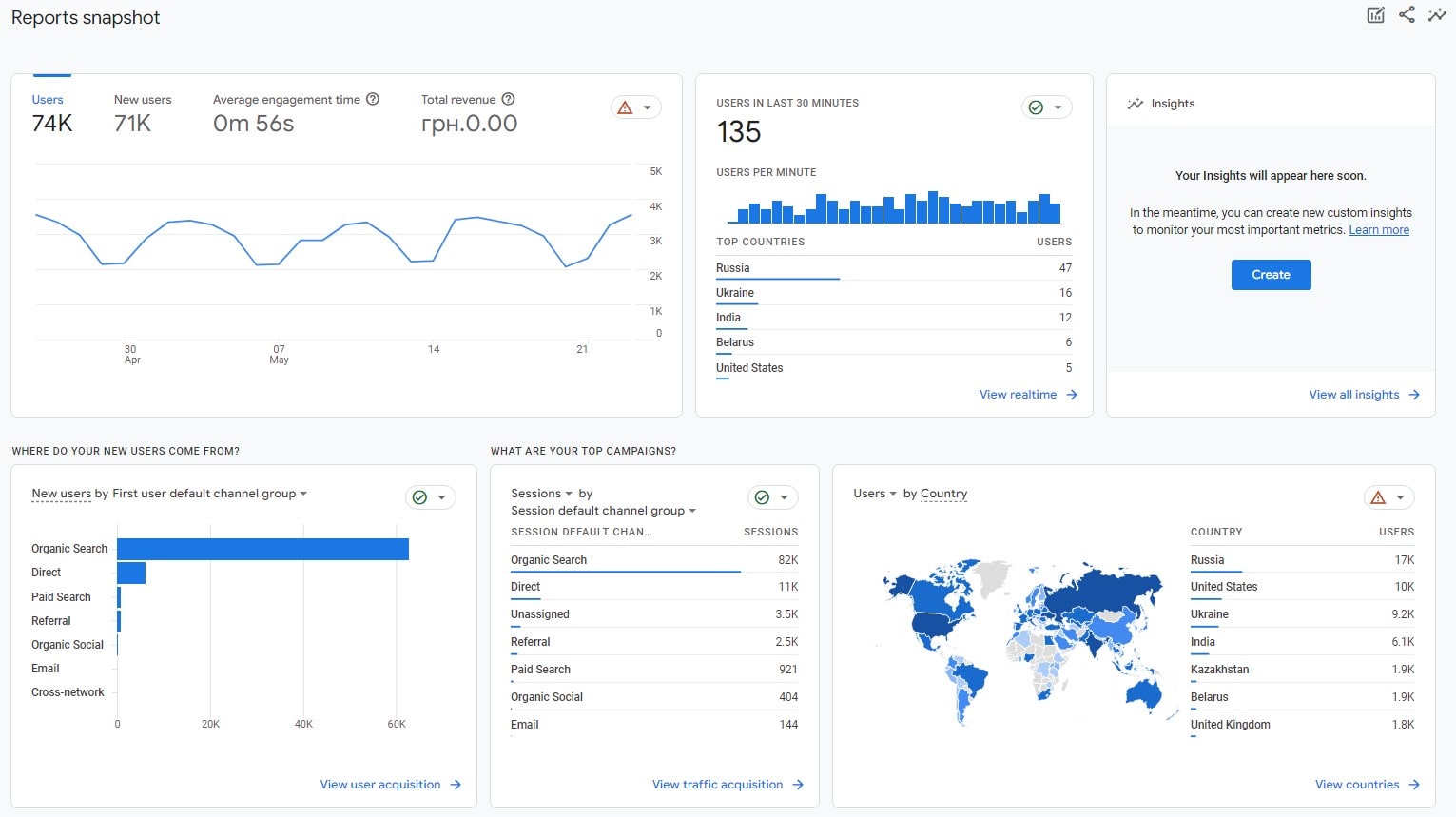
Steering a single-page website without tracking and analytics is like sailing a ship without a compass. Let’s dive into how effective tracking and insightful analytics can guide your SEO strategy to success.
Essential Metrics to Track
Understanding website performance requires tracking vital indicators. Focus on metrics like bounce rate, session duration, and traffic sources. Tools like Google Analytics offer valuable insights into user behavior, helping you refine your SEO strategies. Pay close attention to how users interact with your site, which sections they engage with most, and where you might need more interest.
Analyzing User Engagement
Analyzing user engagement goes beyond basic metrics. Review page views, click-through rates, and social shares to gauge content effectiveness. Utilize heatmaps and user flow analysis to understand how visitors navigate your page. As highlighted by experts like Neil Patel, this data can reveal invaluable insights into user preferences and behavior patterns.
Tracking and analytics are the backbone of any successful SEO strategy, especially for single-page websites. By tracking the correct metrics and user interaction, you can make data-driven decisions that boost your site. In the SEO world, data isn’t just numbers; it’s the story of your website’s journey to success.
Boosting SEO with Speed Optimization for Single-Page Websites
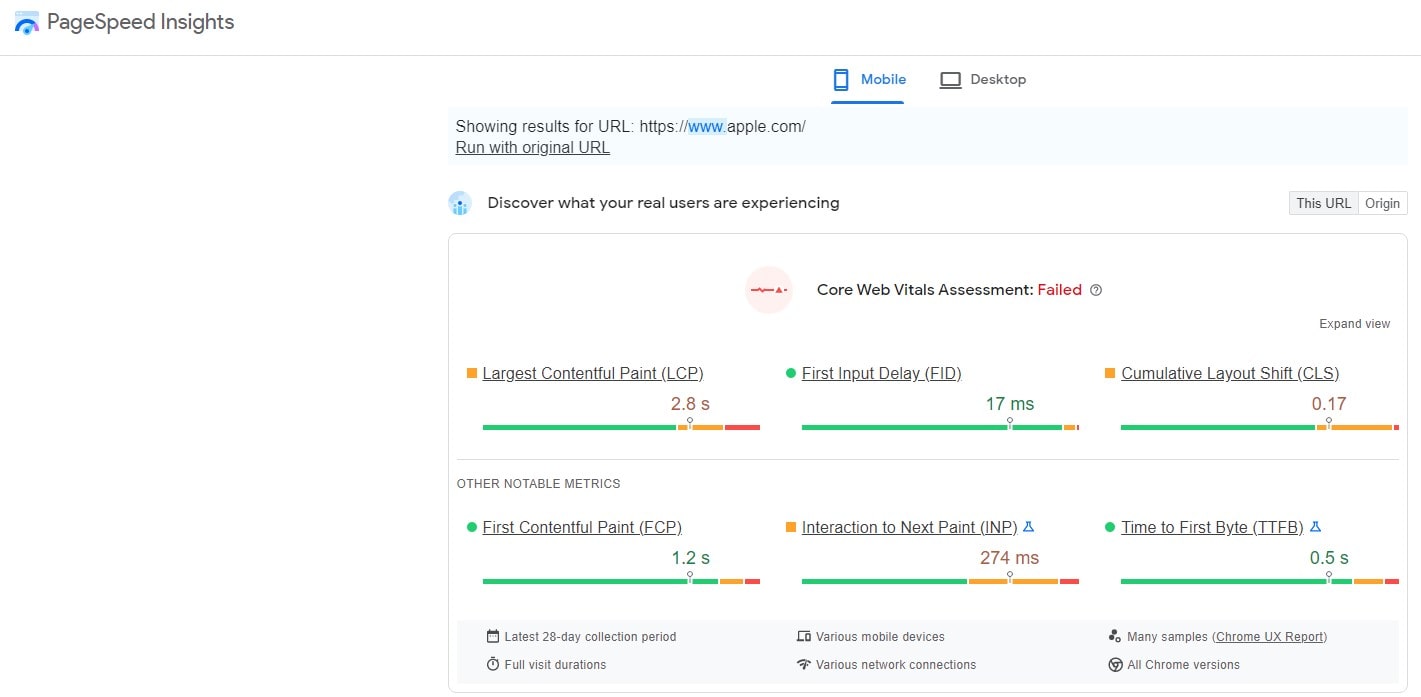
SEO requires optimizing single-page website speed and performance. A swiftly loading single-page website enhances user experience and significantly influences SEO rankings, as Google highly values site speed in its algorithms.
Enhancing Server Response Time for Single-Page Website SEO
Optimize server response time to boost your single-page website’s speed. This step is crucial for SEO. Select a high-quality hosting service and consider factors like server location and resource allocation. Implementing efficient server-side caching can also dramatically quicken load times, a key factor in SEO for single-page websites.
Optimizing Content for Faster Load Times on Single-Page Websites
Heavy content can hinder the speed of your single-page website, affecting SEO. Compress and optimize all media files on your single-page website. Utilize modern image formats like WebP and compress videos while maintaining quality to improve your single-page website’s SEO. Minimize heavy scripts and unnecessary plugins that add to load times. Tools like Google PageSpeed Insights offer recommendations specific to single-page websites to enhance content efficiency and SEO.
Implementing Lazy Loading for SEO on Single-Page Websites
Lazy loading speeds up single-page websites by loading content only when needed. This approach, beneficial for SEO, reduces the initial load time of your single-page website, making it faster and more SEO-friendly.
Using a CDN for Enhanced Single-Page Website Performance
A Content Delivery Network (CDN) speeds up your single-page website, enhancing SEO. CDNs store content copies on global servers, allowing faster access to your single-page website from the nearest location, a significant factor in SEO optimization.
Optimizing your single-page website for speed and performance involves several critical steps, each contributing to better SEO. From server response time and content optimization to implementing lazy loading and using a CDN, these improvements are essential for enhancing the user experience and boosting your single-page website’s SEO rankings.
Conclusion
Mastering SEO for a single-page website is akin to solving a complex puzzle, but the rewards are significant. From structuring content to optimizing the mobile experience, each element is critical in boosting your site’s visibility and user engagement. The journey continues. The digital landscape is ever-evolving, and staying informed is key. Curious about more cutting-edge SEO strategies? Dive into other insightful articles on Plerdy’s blog, where the latest trends and tips await you. Ready to elevate your single-page website’s SEO? Explore Plerdy’s suite of tools and discover how they can transform your digital presence. The next chapter in your SEO success story starts here.
